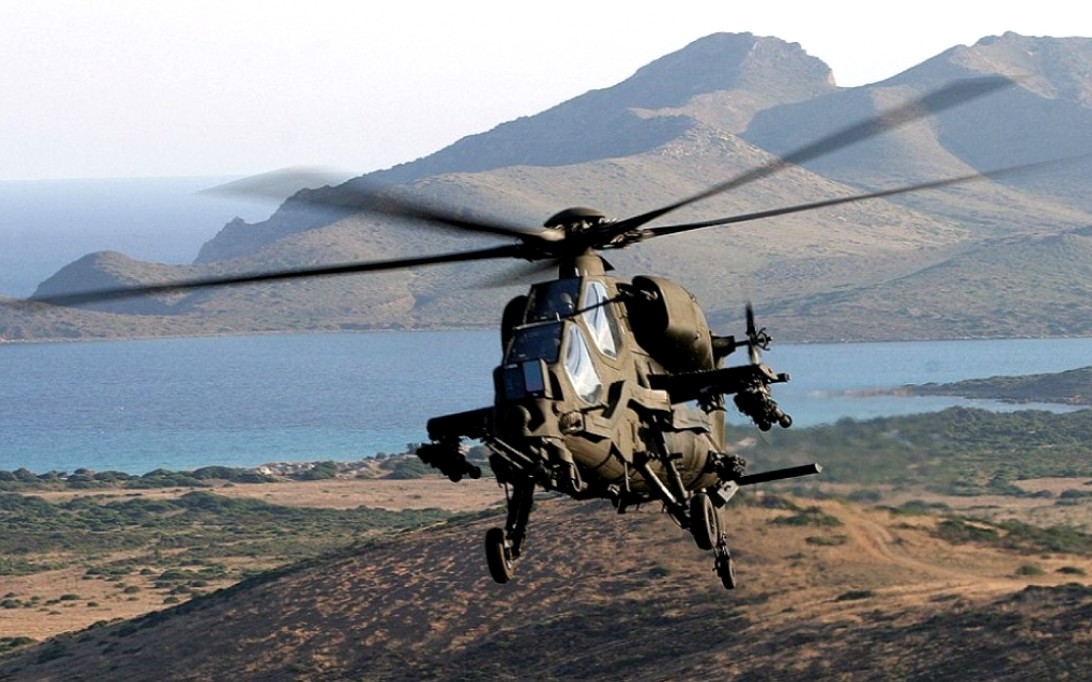Phenom 300 (wallpaper 4)
Wednesday, March 30, 2011image dimensions : 1092 x 682
Phenom 300 (wallpaper 4)
Phenom 300 aircraft images wallpaper gallery 4. Phenom 300 airplane pictures and images collection 4.
Passenger Aircraft. Embraer describes the Phenom jets as clean-slate designs. The Phenom 300 is of aluminium alloy construction and has low swept-back wings. The wingspan, including the winglets, is 16.2m. The aircraft has a T-tail and the tailplane span is 5.50m. The aircraft also features a hot-air anti-ice system on wing leading edges and engine inlets, trailing link landing gear for smoother landings and a brake-by-wire system with carbon brakes and anti-skid capability for improved braking. The cockpit accommodates the pilot and co-pilot. Phenom 300 (wallpaper 4). Phenom 300 aircraft images wallpaper gallery 4. Phenom 300 airplane pictures and images collection 4. The aircraft is equipped with an Embraer Prodigy flight deck with a G1000 all-glass avionics suite supplied by Garmin. The flight deck is fitted with three 305mm (12in) displays – two primary flight displays and one multi-function display. The G1000 avionics suite includes a GFC 700 digital dual channel automatic flight control system and a GRS77 attitude and heading reference system which provide digital output referencing of the aircraft's position, rate, vector and acceleration data. The aircraft has two integrated digital air data computers that are RVSM-compliant (reduced vertical separation minima-compliant), an integrated engine indication and crew alerting system (EICAS), and a class-B terrain awareness and warning system (TAWS). Phenom 300 (wallpaper 4). Phenom 300 aircraft images wallpaper gallery 4. Phenom 300 airplane pictures and images collection 4.
Phenom 300 (Wallpaper 1)Phenom 300 aircraft images wallpaper gallery 4. Phenom 300 airplane pictures and images collection 4.
Passenger Aircraft. Embraer describes the Phenom jets as clean-slate designs. The Phenom 300 is of aluminium alloy construction and has low swept-back wings. The wingspan, including the winglets, is 16.2m. The aircraft has a T-tail and the tailplane span is 5.50m. The aircraft also features a hot-air anti-ice system on wing leading edges and engine inlets, trailing link landing gear for smoother landings and a brake-by-wire system with carbon brakes and anti-skid capability for improved braking. The cockpit accommodates the pilot and co-pilot. Phenom 300 (wallpaper 4). Phenom 300 aircraft images wallpaper gallery 4. Phenom 300 airplane pictures and images collection 4. The aircraft is equipped with an Embraer Prodigy flight deck with a G1000 all-glass avionics suite supplied by Garmin. The flight deck is fitted with three 305mm (12in) displays – two primary flight displays and one multi-function display. The G1000 avionics suite includes a GFC 700 digital dual channel automatic flight control system and a GRS77 attitude and heading reference system which provide digital output referencing of the aircraft's position, rate, vector and acceleration data. The aircraft has two integrated digital air data computers that are RVSM-compliant (reduced vertical separation minima-compliant), an integrated engine indication and crew alerting system (EICAS), and a class-B terrain awareness and warning system (TAWS). Phenom 300 (wallpaper 4). Phenom 300 aircraft images wallpaper gallery 4. Phenom 300 airplane pictures and images collection 4.
Phenom 300 (Wallpaper 2)
Phenom 300 (Wallpaper 3)
Labels: Phenom 300

























